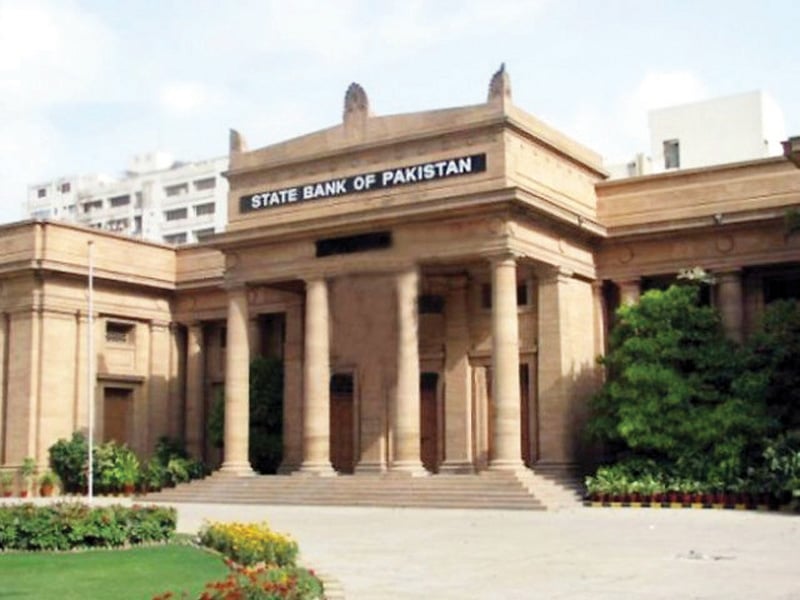Pakistan’s economic situation is showing signs of improvement after a challenging year. The State Bank of Pakistan (SBP) reports that economic activity hit a low in July 2023 but is now on an upward trajectory. This recovery is attributed to reduced global commodity prices and improved international growth prospects. Despite this, the SBP has kept its economic growth projection for FY24 at 2-3%, which aligns with the IMF’s forecast but falls short of the government’s target.
In the previous fiscal year (FY23), economic growth was severely impacted, reaching a mere 0.3%, with high inflation. Pakistan secured a $3 billion standby arrangement from the IMF, providing some relief. This, along with bilateral inflows, helped bolster the SBP’s foreign exchange reserves.
The SBP anticipates that the easing of import prioritization guidance, along with an improved foreign exchange position, will benefit large-scale manufacturing and exports. Additionally, expectations of increased cotton and rice production are set to support agricultural growth in FY24.
Despite these positive indicators, demand compression measures introduced over the past two years may slow the pace of economic recovery. Monetary tightening and other contractionary measures are expected to keep domestic demand in check. Inflation is also predicted to moderate, but unforeseen climate events, fluctuating global commodity prices, and external account pressures pose risks to this outlook.
The government plans to enhance revenue collection in FY24 through increased petroleum development levies, higher tax rates for top income brackets, builders, developers, and property, and additional GST on unregistered businesses. Overall, while there are positive signs of economic improvement, challenges and uncertainties still loom on the horizon.

